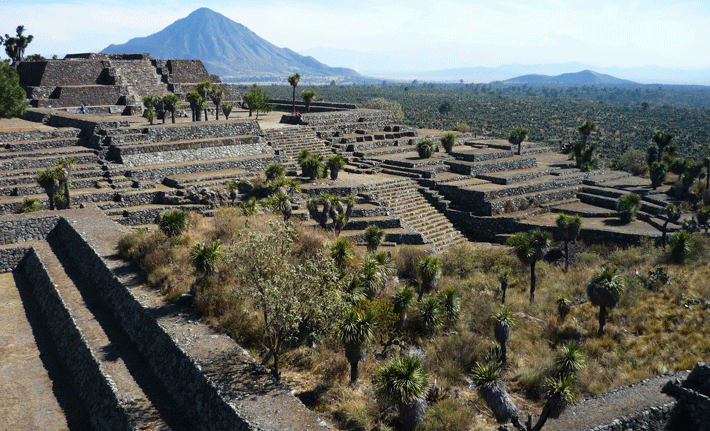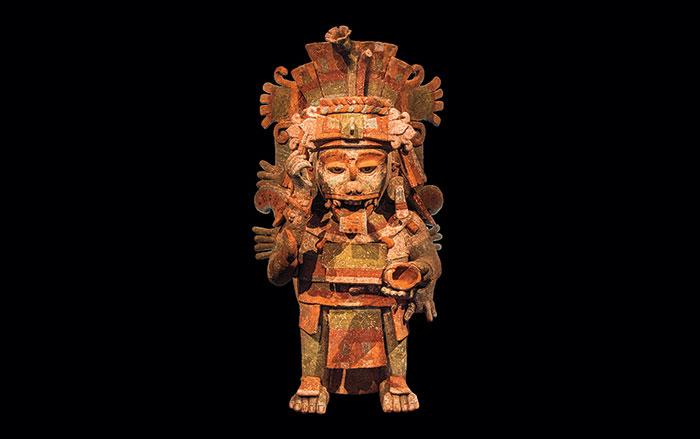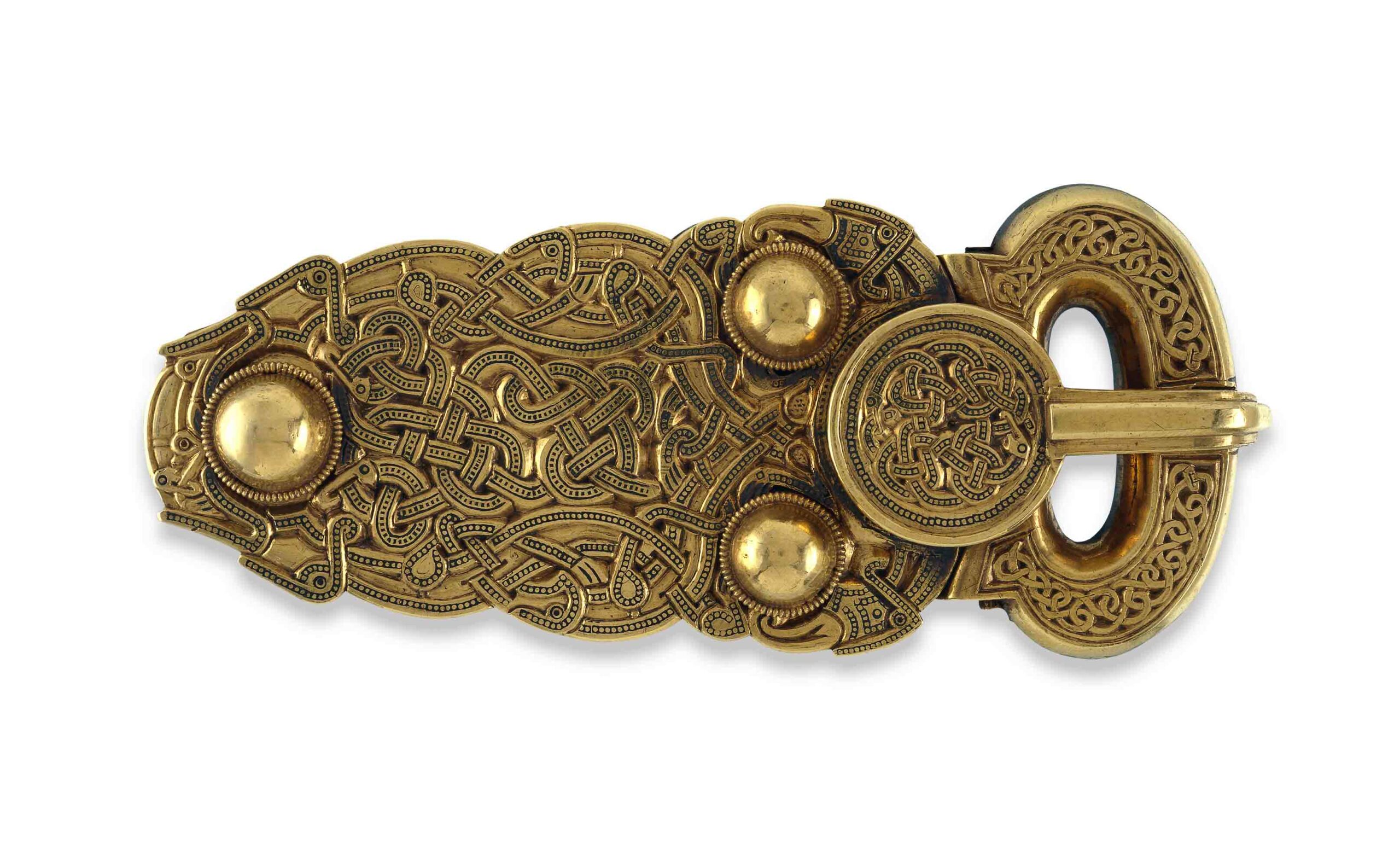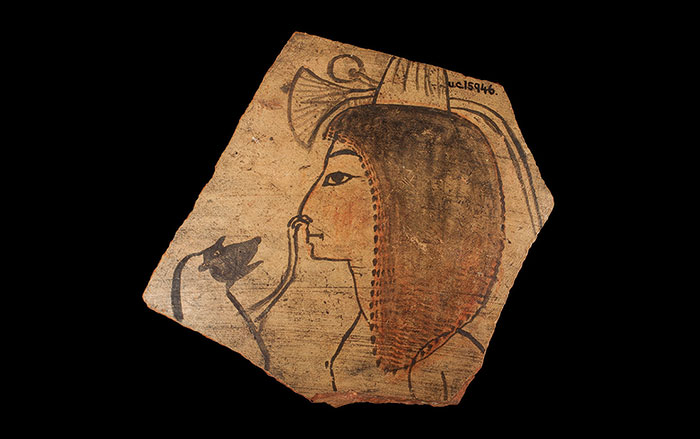
LIVERMORE, CALIFORNIA—An analysis of pollen, stable isotopes, and elemental concentrations in lake sediments by Lawrence Livermore researcher Susan Zimmerman and her colleagues suggests that the drastic decline in population at the site of Cantona, a large, fortified city located in highland Mexico, was due at least in part to climate change. The cores taken from Aljojuca, a nearby crater lake, dated back at least 6,200 years, but the team focused on the last 3,800 years for the study. They found that the region experienced a long-term drying trend between A.D. 500 and 1150, about the time that the site was finally abandoned. “We found that Cantona’s population grew in the initial phases of the drought, but by A.D. 1050 long-term environmental stress (the drought) contributed to the city’s abandonment. Our research highlights the interplay of environmental and political factors in past human responses to climate change,” Zimmerman said. To read about archaeological sites that are being put at risk because of modern climate change, see "Sites in Peril."










